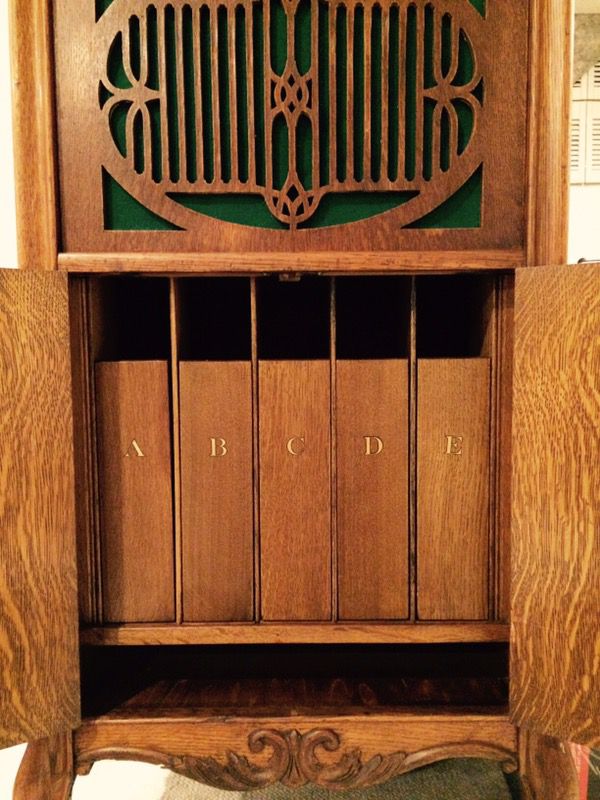
Prior to having access to electricity, phonographs were exclusively acoustic. So, the Panatrope was a viable purchase for her family.

My grandmother’s family in Hendersonville, N.C., (down the mountain from Asheville) got electricity earlier than most. The act provided low-interest loans and other incentives to power companies to encourage them to invest in rural power transmission. So, electricity didn’t start to become available to rural America until 1935, when Roosevelt signed the act creating the Rural Electrification Administration. Farmers, too, found that the expense of running power lines across their fields was prohibitive. Because the rural population was shrinking, electrifying the countryside was too big an investment for power companies. At that time, “rural America” was most of America’s geographical area. There was electricity in big cities, but electrical power companies weren’t interested in investing in the generators and power lines that would electrify rural America. In the 1920s, most of America didn’t have electricity. In 2013, when technology becomes bigger-better-faster with each passing year, I’m astonished by the obstacles that had to be overcome before that Panatrope could sit in my grandmother’s living room.

It operated electrically, played all three available record formats, and had a radio (AM). In its day, the Panatrope was a state-of-the-art home entertainment system. In one photo, my grandmother sat with my mother at her feet, listening to the radio on their 1929 Brunswick Panatrope Phonograph with Radio. I gained some perspective on my personal technology deficiencies while sorting through boxes of old family photographs. (Photo: Spin Alley Vintage Phonographs and Radios)


 0 kommentar(er)
0 kommentar(er)
